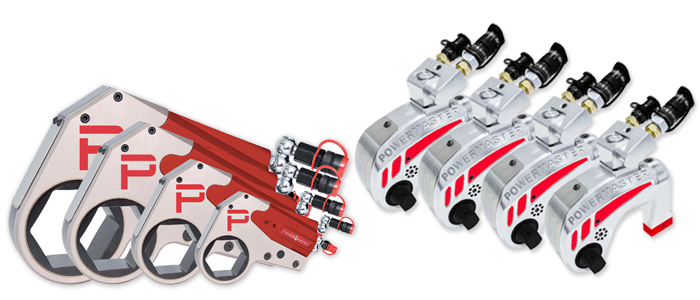In the world of engineering, where precision and reliability reign supreme, bolting systems serve as the unsung heroes. These systems, often overlooked in the grand scheme of construction and machinery, play a critical role in ensuring structural integrity and operational safety. But what exactly are bolting systems, and how have they evolved over time?
Understanding Bolting Systems
Bolting systems encompass a range of mechanical fastening methods used to join two or more components securely. From the nuts and bolts holding together a steel frame to the intricate fasteners binding aerospace components, these systems are ubiquitous across industries.
At their core, bolting systems consist of threaded fasteners, such Oil fleet tools as bolts, screws, and studs, paired with nuts or other threaded components. The tightening of these fasteners creates a clamping force that holds the assembled parts together. The efficiency and reliability of this clamping force are paramount, as it determines the stability and durability of the joined components.
Evolution Through Innovation
The evolution of bolting systems mirrors the advancements in engineering and materials science. Over the years, engineers and manufacturers have continuously refined these systems to meet the demands of modern applications, from heavy-duty construction to high-precision machinery.
1. Material Innovations: One of the most significant advancements in bolting systems has been the development of high-performance materials. Traditional steel alloys have been augmented or replaced by exotic materials such as titanium, nickel alloys, and superalloys. These materials offer superior strength, corrosion resistance, and temperature tolerance, making them ideal for critical applications in aerospace, automotive, and oil and gas industries.
2. Precision Engineering: With the advent of computer-aided design (CAD) and numerical simulation tools, bolting systems have become more precise than ever before. Engineers can now tailor the design of fasteners and joints to specific load requirements, optimizing performance while minimizing weight and material usage. Finite element analysis (FEA) and computational fluid dynamics (CFD) simulations allow for detailed analysis of stress distribution, fatigue life, and thermal effects, ensuring the reliability of bolting systems in harsh operating conditions.
3. Torque and Tension Control: Controlling the tightening torque or axial tension of fasteners is crucial to achieving the desired clamping force without overloading or damaging the components. Traditional torque wrenches have given way to advanced torque control systems, including electronic torque wrenches, hydraulic tensioners, and ultrasonic measurement devices. These tools provide real-time feedback and precision control, ensuring consistent and accurate tightening of fasteners across large-scale assemblies.
4. Safety and Reliability: Bolting systems are often subjected to extreme loads and environmental conditions, making safety and reliability paramount concerns. The implementation of standardized testing protocols, such as ASTM and ISO standards, ensures that bolting components meet rigorous performance criteria for strength, fatigue resistance, and corrosion resistance. Additionally, advancements in non-destructive testing (NDT) techniques, such as ultrasonic testing and magnetic particle inspection, enable thorough inspection of fasteners and joints without compromising their integrity.
5. Smart Bolting Technologies: The rise of the Internet of Things (IoT) and Industry 4.0 has ushered in a new era of smart bolting technologies. Integrated sensor systems embedded within fasteners and joints monitor parameters such as tension, temperature, and vibration in real-time. This data can be transmitted wirelessly to central monitoring systems, allowing engineers to track the health and performance of bolting systems remotely. Predictive analytics and machine learning algorithms further enhance maintenance scheduling and fault detection, minimizing downtime and optimizing operational efficiency.
Looking Ahead
As technology continues to advance and industries push the boundaries of innovation, the evolution of bolting systems shows no signs of slowing down. From nano-engineered fasteners for microelectronics to mega-bolting solutions for next-generation infrastructure projects, the future promises exciting developments in the world of mechanical fastening.
Whether hidden beneath the surface or prominently displayed in towering structures, bolting systems remain the backbone of modern engineering, supporting progress and innovation one fastener at a time.
